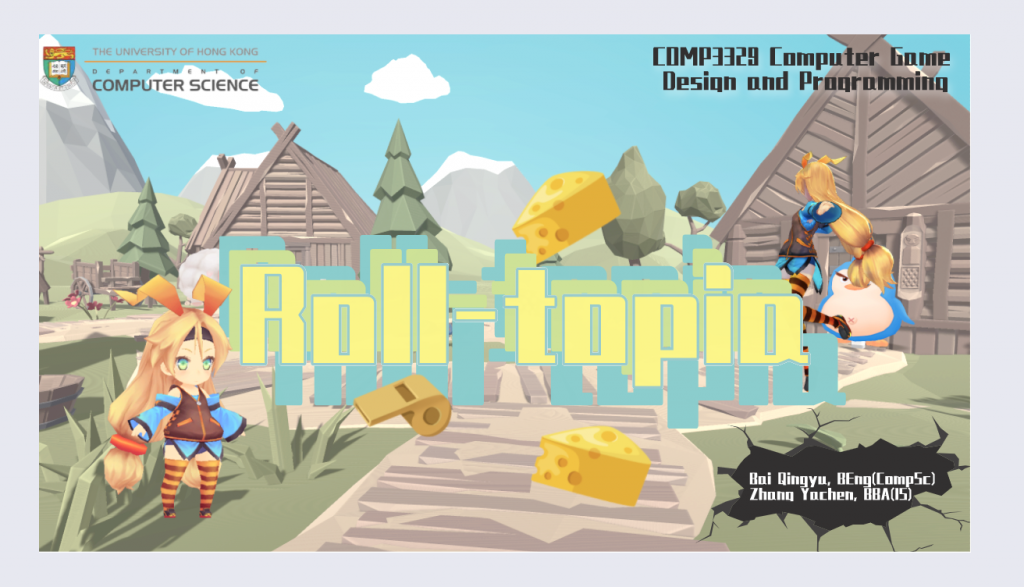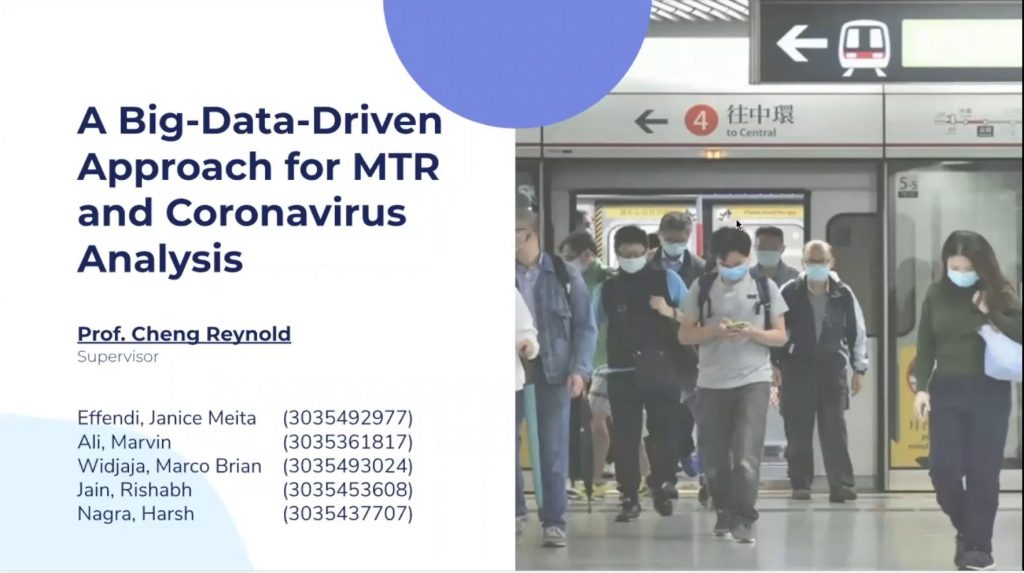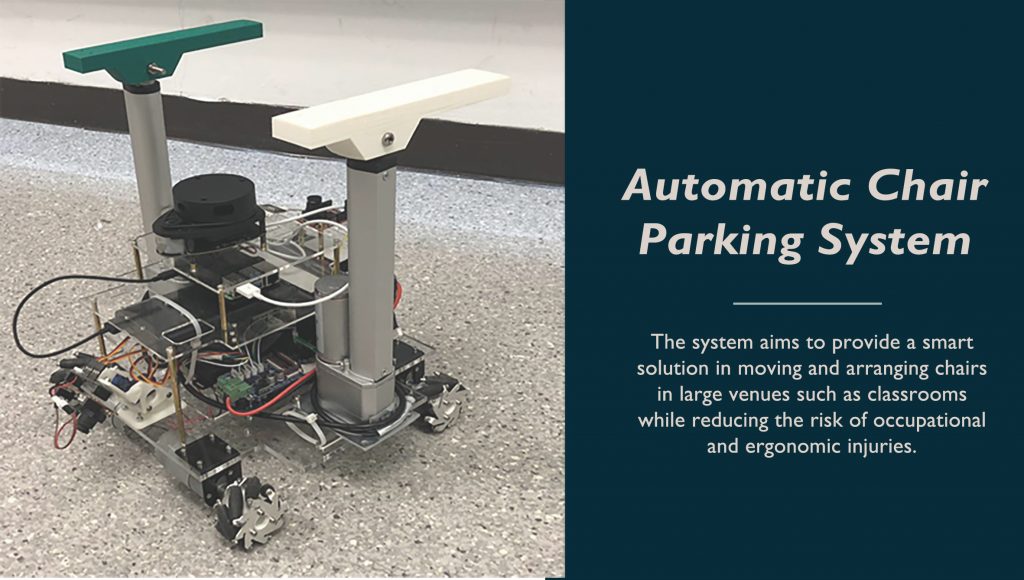This project uses knowledge graph database analysis for repurposing existing drugs for COVID-19 treatment. The knowledge graph used in this projected was populated with various kinds of bioinformatic data relevant to the COVID-19 disease, the SARS-CoV-2 virus that causes it, as well as several thousand drugs. This data was then analyzed using three prevalent knowledge graph link prediction techniques: motif-based analysis, PageRank analysis, and machine learning analysis. This was used to generate scores for each drug in the database, with a higher score indicating greater probability in treatment of COVID-19. These proposed drug rankings were then cross-referenced with data on ongoing and completed COVID-19 drug trials, and it was found that of the top 20% proposed rankings, 120 are already undergoing trials, indicating high prediction accuracy. Additionally, as the main users of the project are supposed to be medical experts with non-technical backgrounds, a clean and easy to use interface was also designed for this system. The user interface consists of a proposed drug rankings table, a visualization of the scores of the top 50 drug candidates in the form of a bar graph, and list of literature relevant to each proposed drug along with sentiment analysis of the author’s attitudes towards use of each drug towards COVID-19 treatment. These features enable medical experts to identify the most promising drug candidates so that they can quickly move to the drug trial stage.










